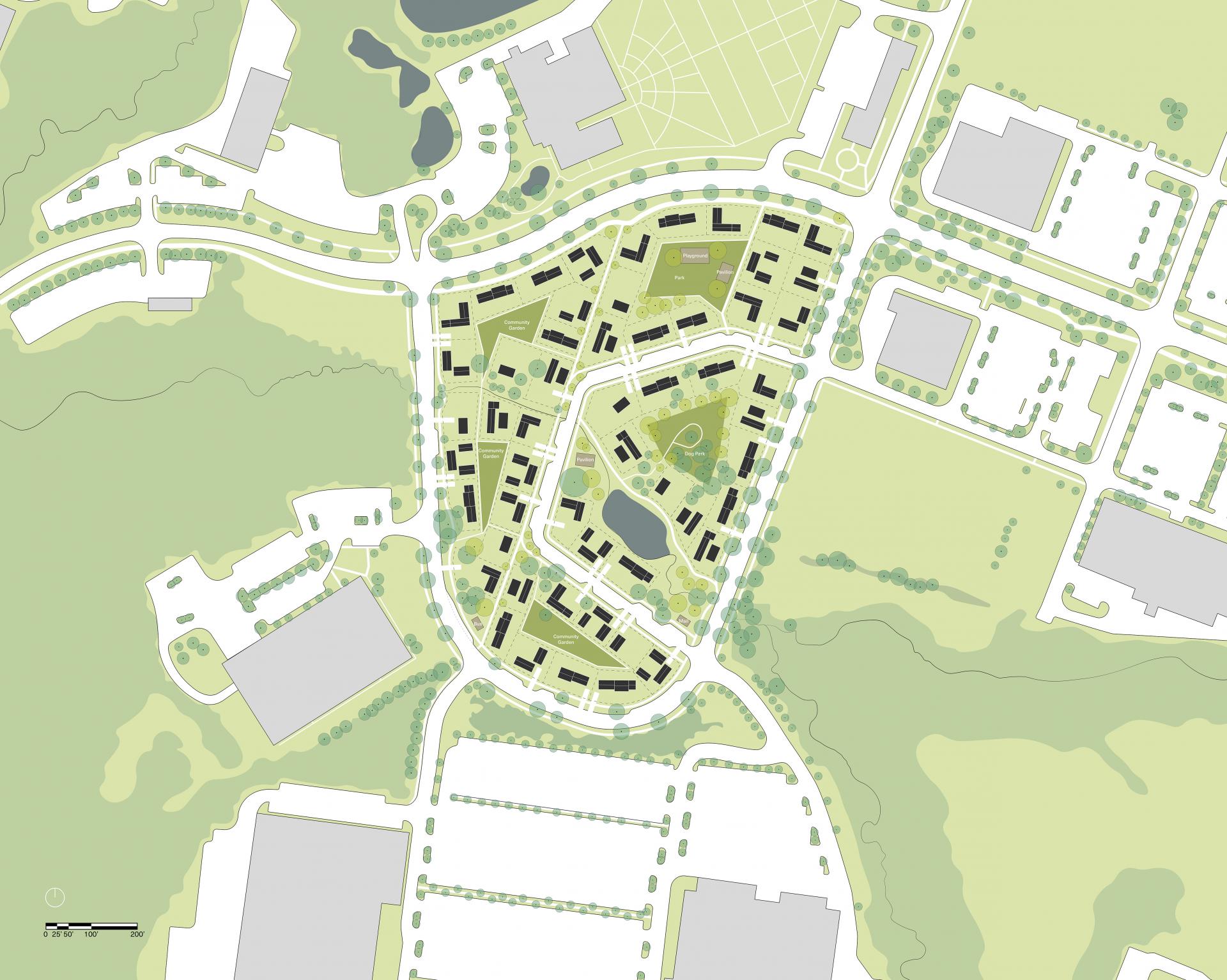Image
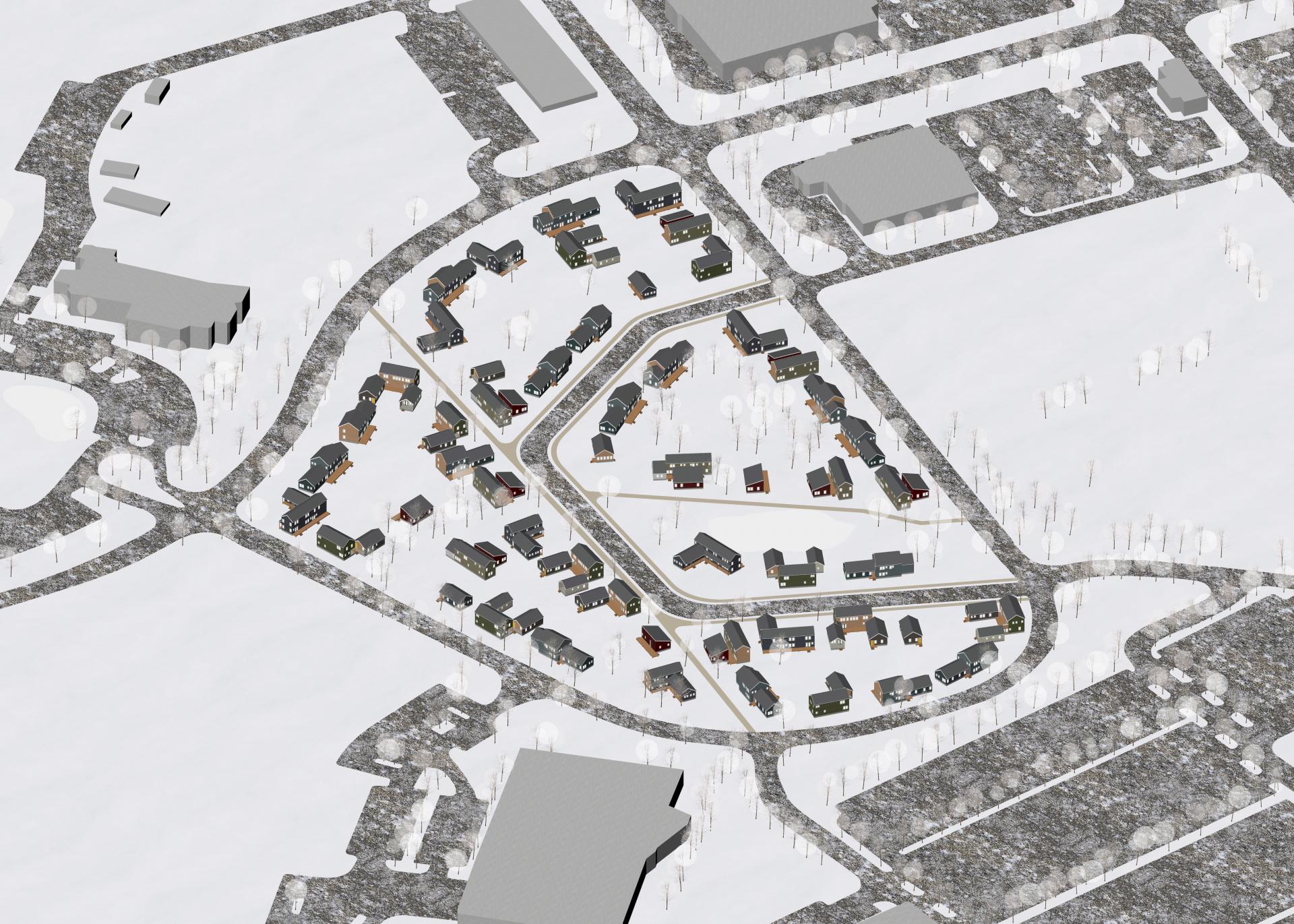
Mikéla Sumner
Adapting Home: Residential Development and Domestic Comfort in Vermont
Image
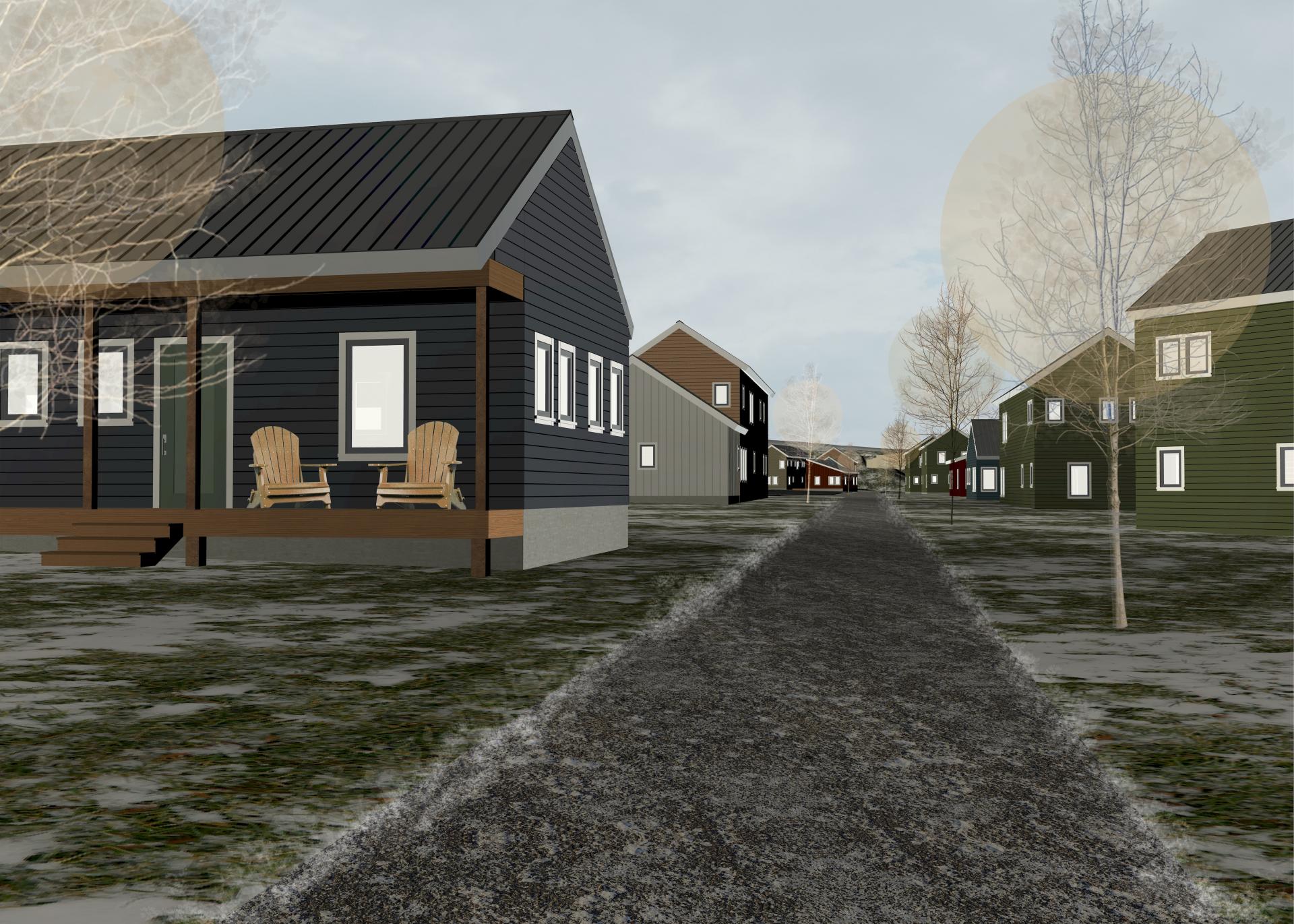
Image
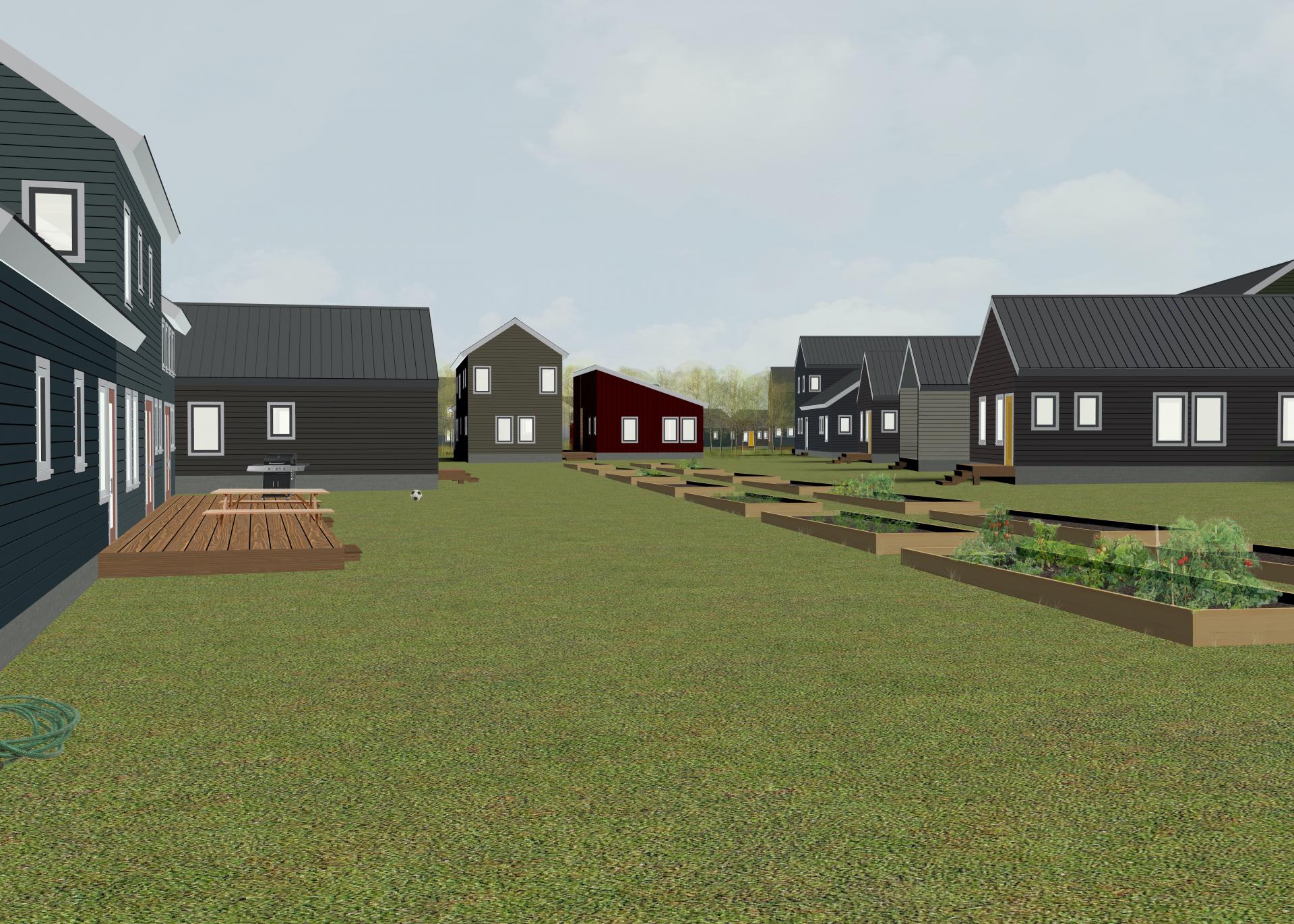
Comfort is an economic, social, and physical construct, which necessitates the adaptation of the dwelling over time.
Comfort as a physical construct is defined as a need for shelter, light, and climate control. As a social construct, comfort is determined by the desire for privacy or co-habitation, more space, or an open layout. Social insulation – a form of social comfort favoring privacy – is the act of architecturally barricading one’s self from others, such as through the layout of the home, placement of front door, and size of the site. It is the strategic use of architectural elements or characteristics of the site to conceal or buffer as a method for achieving privacy. While social insulation can be employed to achieve gradients of privacy, social isolation is the complete disconnect between the occupant and the surrounding environment. The National House, the purveyor of social isolation and a pre-packaged idea of comfort, is the counterpoint to the local Vermont home, the manifestation of the search for comfort. Pre-packaged comfort comes at an additional price, since static buildings without the ability to adapt over time as needed are incapable of responding to the household’s constantly evolving definition of comfort. Physical comfort has been solved and standardized and now refers to more trivial luxury features as even the most inexpensive homes, by code, are readily survivable by their inhabitants.
While Vermont’s residential building tradition primarily manifests as the modification of the house over time in search of physical, social, and economic comfort, a newfound desire for social insulation on the national scale has led to the influx of pre-packaged comfort into the Champlain Valley’s residential housing stock. Not only has this trend escalated the region’s affordable housing shortage and loss of rural landscape, it has established a residential housing stock that does not reflect the character of the local Vermont home. Historically, physical comfort has been the primary basis of residential design in Vermont. As a result, the local Vermont home is an amalgamation of built additions and renovations in pursuit of this goal. The same principles of adaptation should be applied to new and existing housing stock as a response to the current desire for social comfort. Through the modification of existing housing types, the Champlain Valley can increase housing choice, strengthen its regional identity, and provide the physical comfort and alternative methods for privacy currently achieved through the mass importation of the National House.
Vermont is the second most rural state in the country and its scenic landscape and quaint towns entice outsiders. The desire to live in a rural environment ironically threatens the landscape as new residential development most often comes in the form of the National House. Vermont’s built environment is becoming homogenized, resulting in the infill of low-density construction across the state. Each home is spaced to allow for a curated natural buffer to serve as a thick screen between neighbors. For the affluent who can afford it, their home is set away from others, and for those of middle-income, the building has become a fortress of large garages and setback entrances to increase social insulation. Low-income housing, often in the form of apartments, is typically seen as undesirable due to the constraints placed on its ability for social insulation. Social insulation goes hand-in-hand with ideas of individualism and the desire for privacy in Vermont. It is crucial to supply alternatives that allow for social insulation without the total isolation of the National House or the loss of landscape that occurs with the current trend of low-density development.
Vermont is experiencing a loss of “ruralness” as social insulation replaces physical comfort as the driver of residential design. Furthermore, the pre-packaged comfort often associated with social insulation requires an upfront cost. The variety of Vermont’s housing stock is limited, as most homes are single-family and 36% of Vermonters are currently cost-burdened, meaning they spend over 30% of their income on housing. Ultimately, there is a shortage of housing that can affordably meet diverse comfort needs. Without the ability to adapt the home over time, in the tradition of the local Vermont home, the house is only compatible with specific familial compositions and incomes. By providing the means to adapt a dwelling at will, residents are able to customize the home to fit their individual physical and social comfort needs, based on income and family demographics. In turn, this infuses the housing stock with a variety of affordable homes in the tradition of the local Vermont home.
The Courtyard
Image
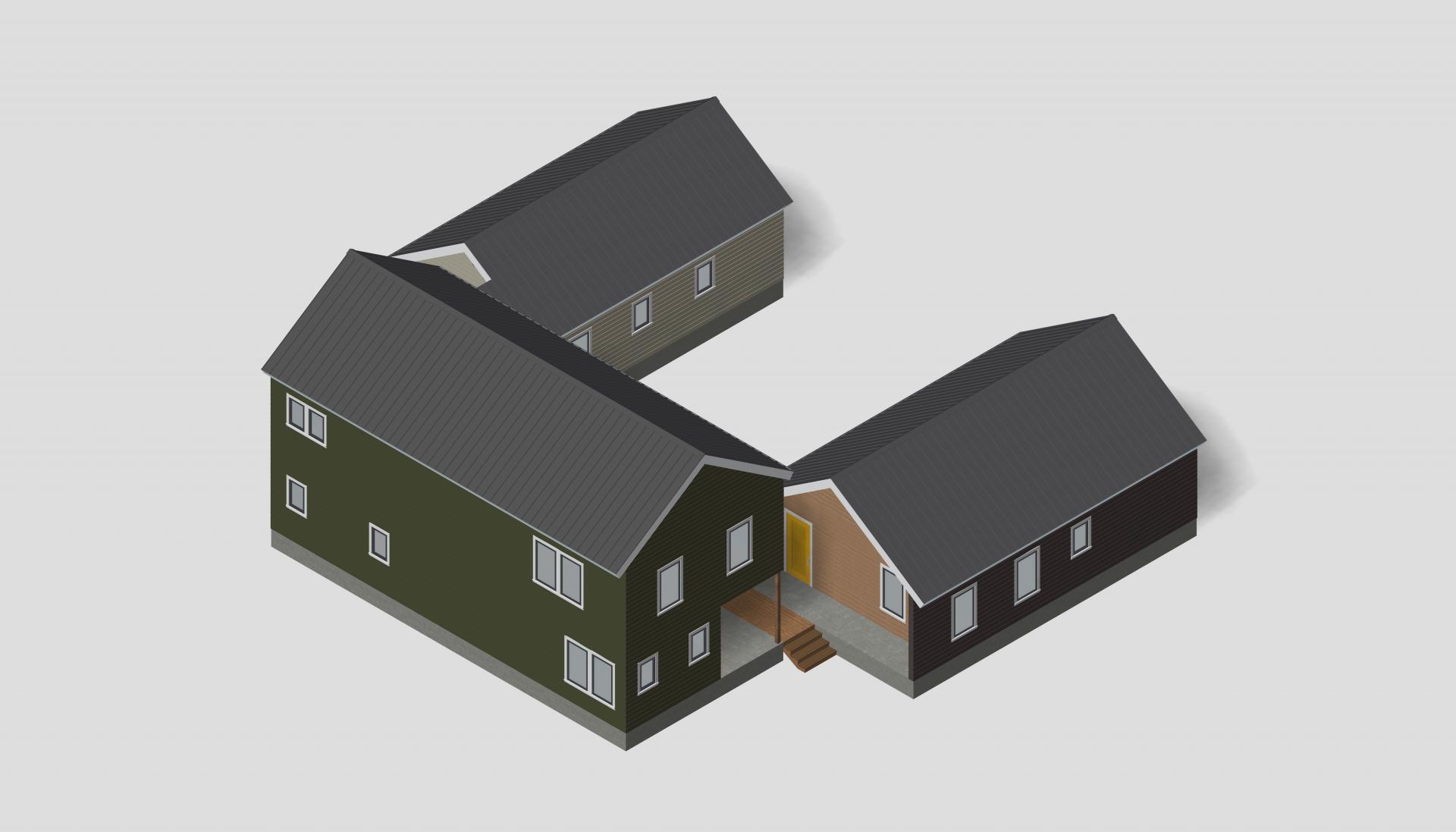
Image
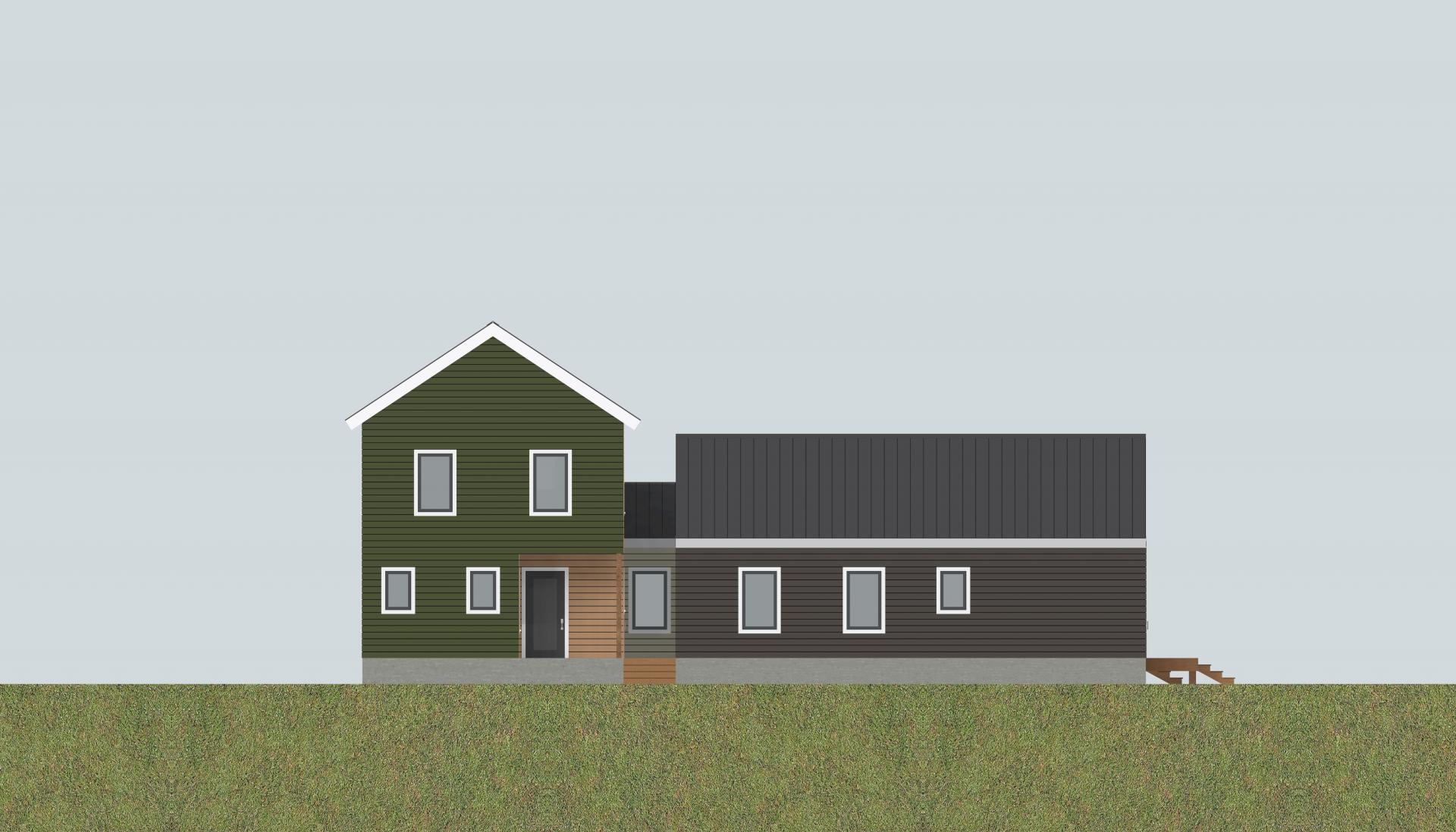
Image
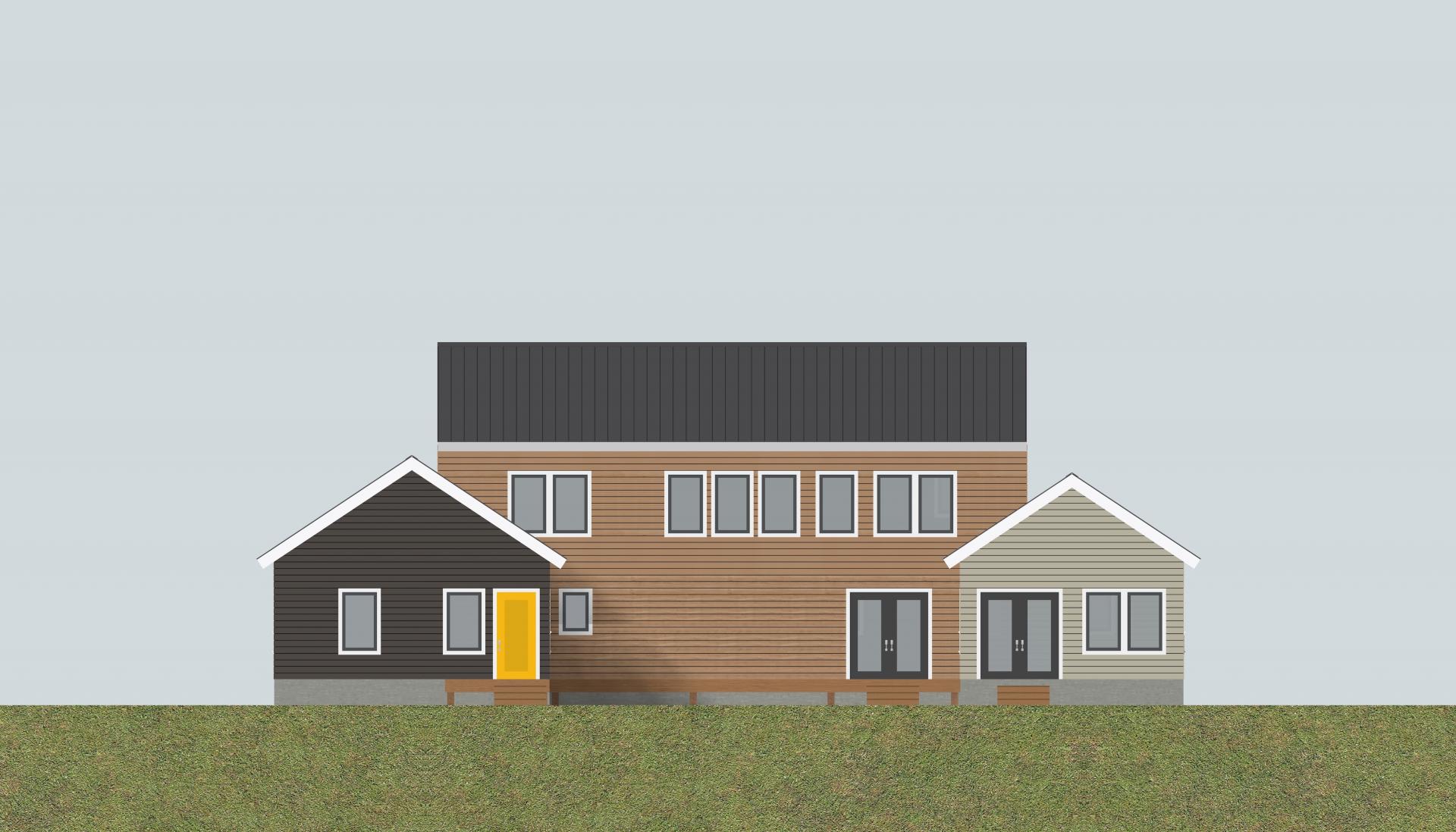
The Courtyard, First Floor, Fully Developed
Image
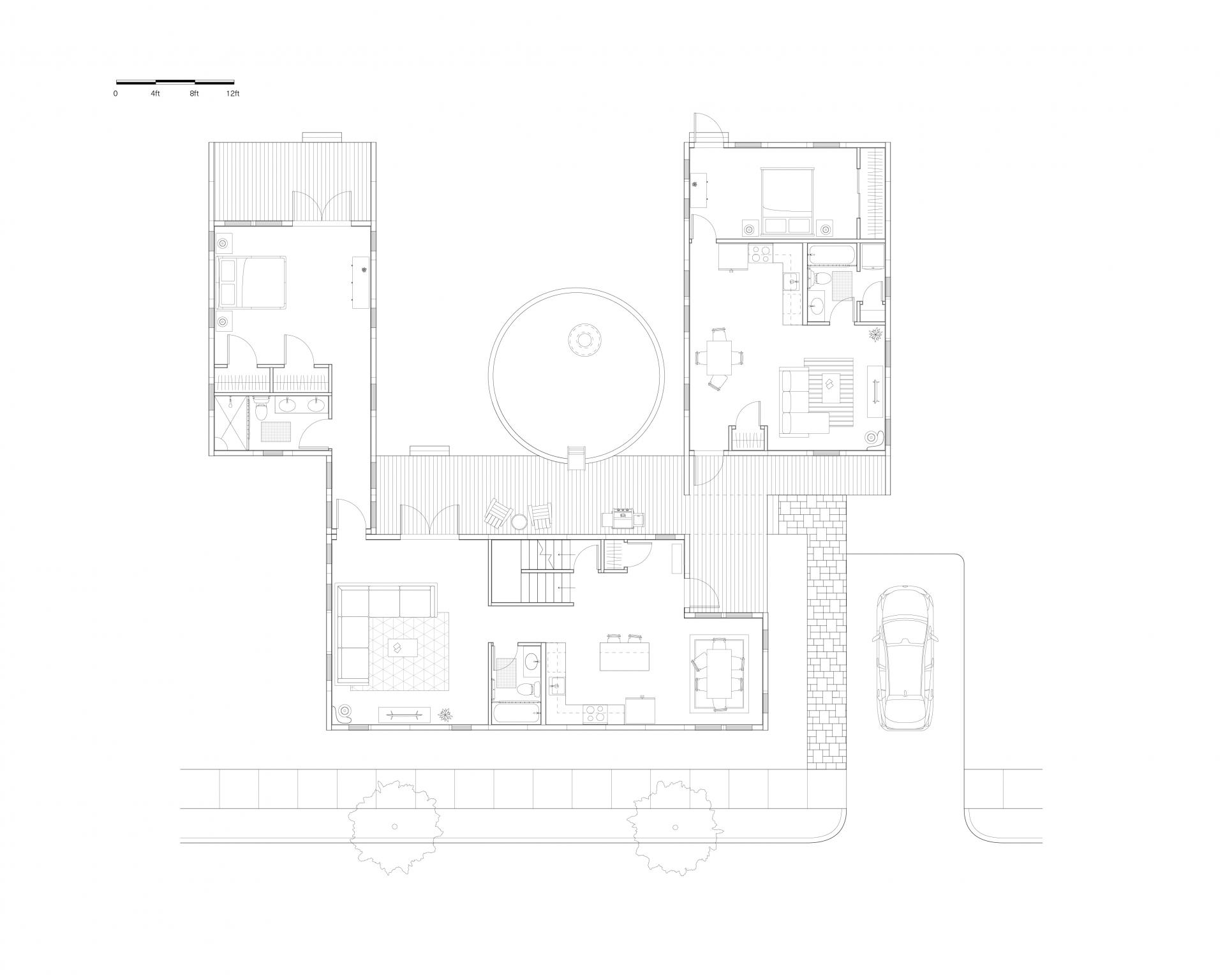
The Passage
Image
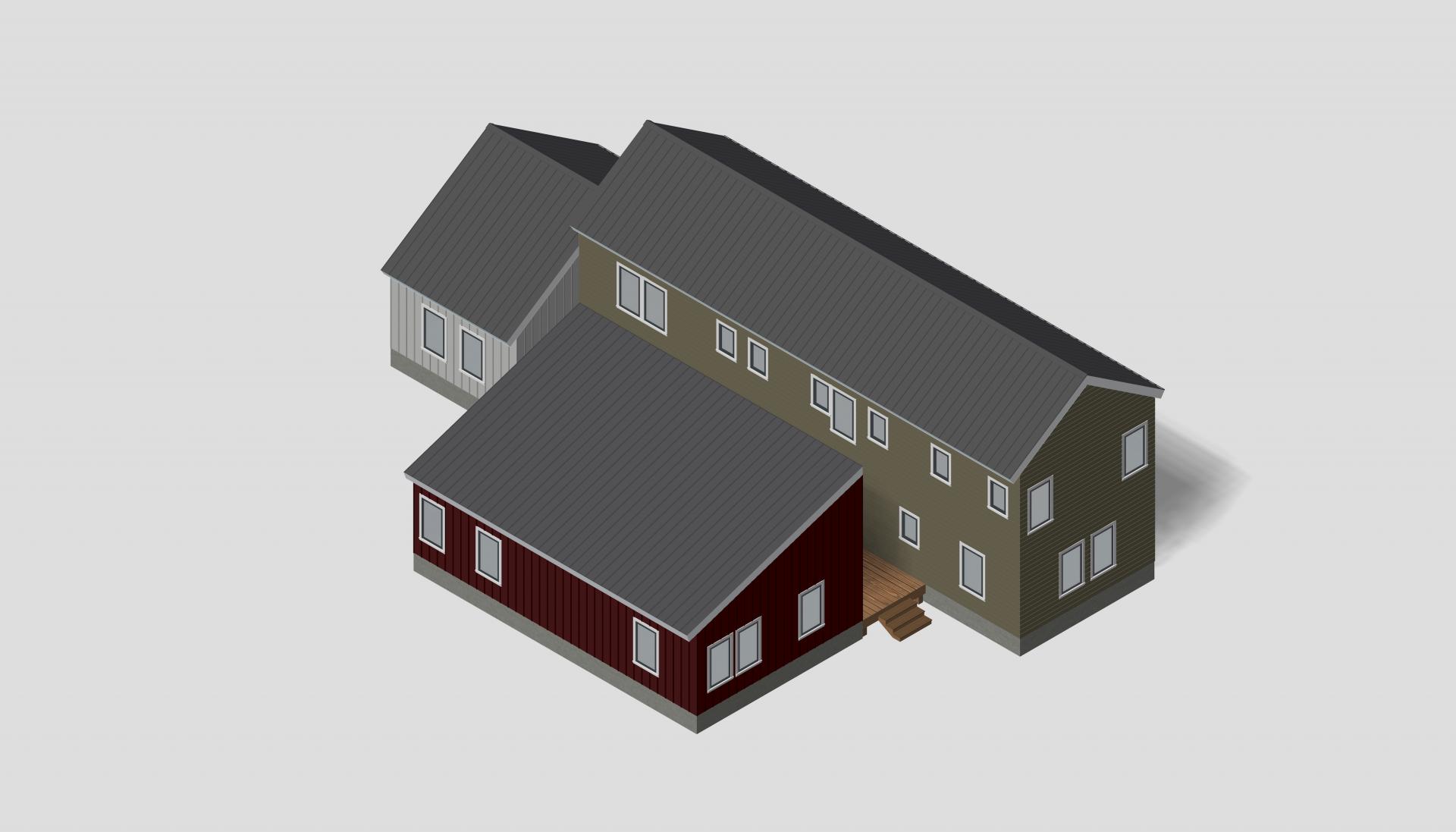
Image

Image
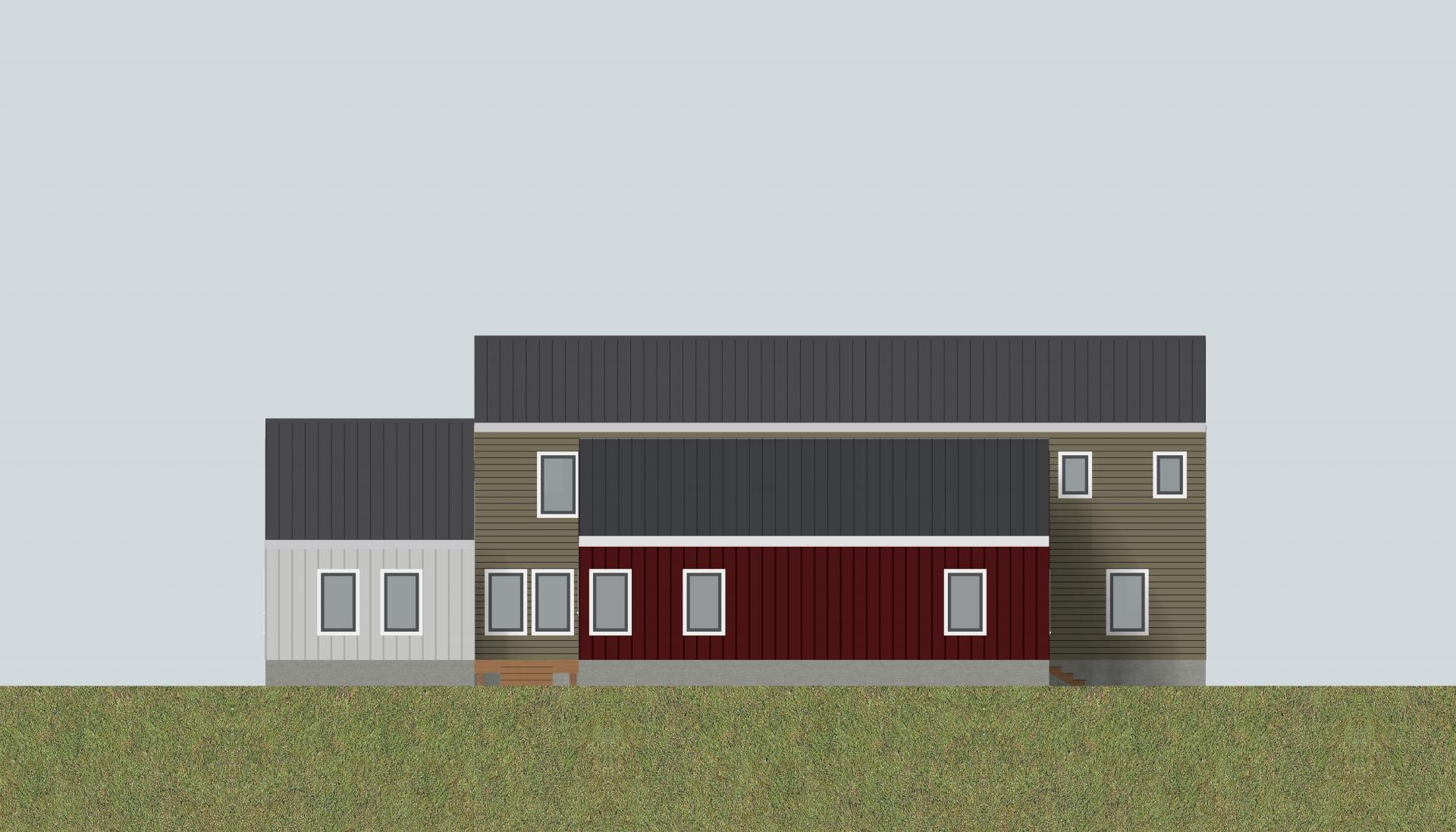
The Passage, First Floor, Fully Developed
Image
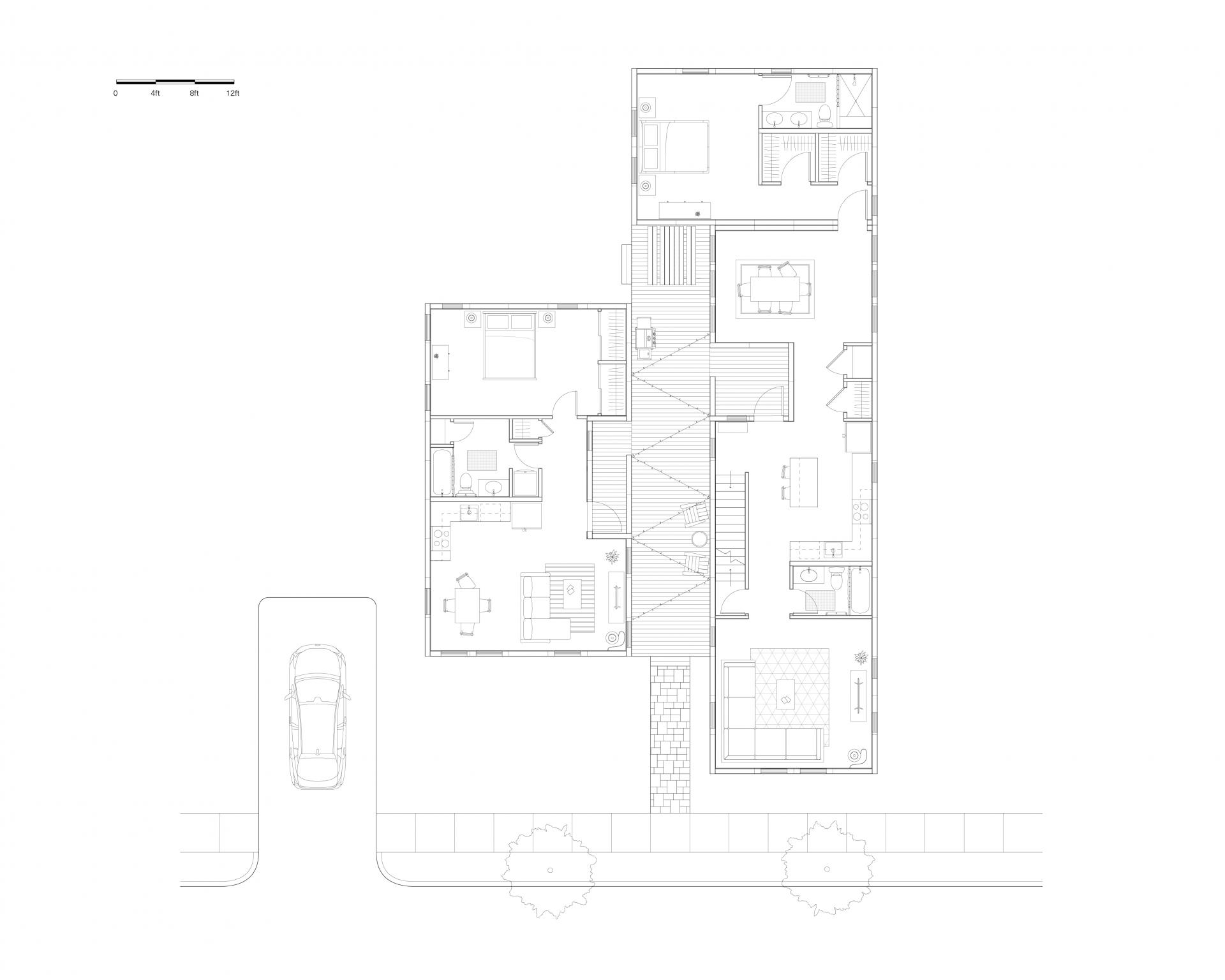
Image
